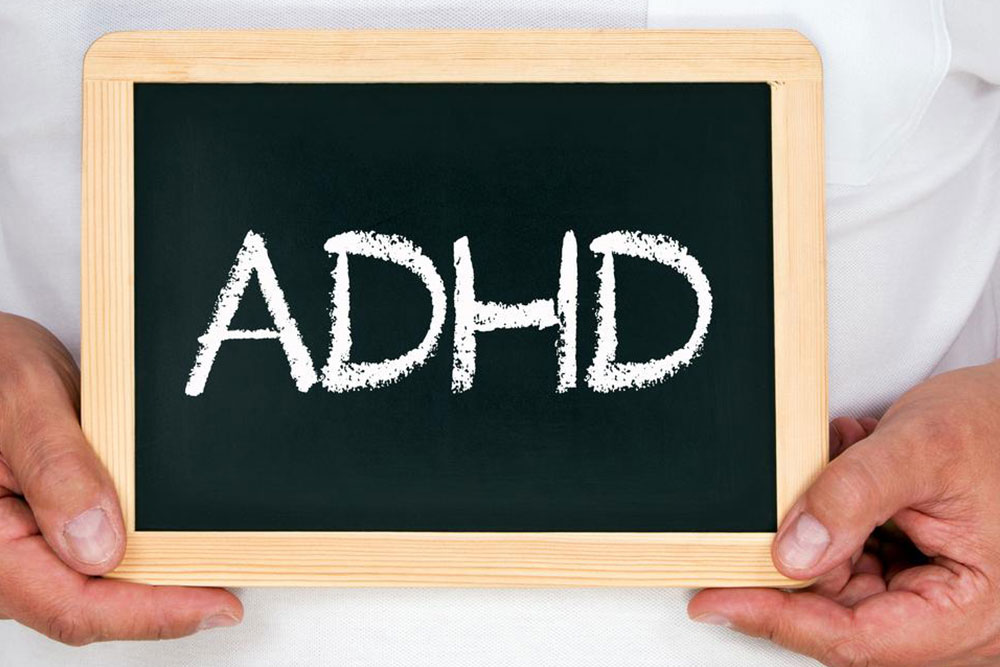Adult ADHD – Causes, Symptoms, and Treatment Options
An adult who has ADHD may struggle with relationships at work, home, or school. Early diagnosis and treatment are vital for a person to lead a normal life.
What is adult ADHD?
Most people who have ADHD develop this disorder in their childhood. The symptoms of it may disappear in some children when they grow older, but studies show that it progresses into adulthood for about 60 percent of the patients. The severity of ADHD in an adult is often not taken seriously, but it can negatively impact many areas of a person’s life.
Late diagnosis can also affect the recovery process.

Adult ADHD – Causes and symptoms
The exact cause of ADHD is not known, but researchers believe that it may be a combination of hereditary, environmental, and developmental factors. People whose family members have ADHD are more likely to develop this condition. Exposure to lead in the childhood and the improper functioning of the central nervous system during a child’s physical development are some other probable causes.
The symptoms of ADHD go through a transformation as a person enters into adulthood. However, the signs may not be as distinctive as they are in children. Some of the symptoms may remain the same, but other aspects such as hyperactivity may be more contained.
Adults with ADHD can experience problems like difficulty in following simple directions, an inability to concentrate on a task, difficulty in organizing tasks and recollecting information, an inability to complete work on time, impulsiveness, and impatience.
For adults with ADHD, daily tasks may prove too difficult. They may find it hard to list and complete tasks in order of importance. Due to this, they may miss out on essential meetings or social gatherings. Increased impulsiveness leads to frustration while waiting in the line or an impatience while following traffic rules. People also experience extreme feelings of anger and find it difficult to cope with anxiety or stress.
In adults, complications associated with ADHD include traffic accidents, unemployment, law and order issues, alcohol or drug abuse, troubled relationships, and suicidal tendencies.
Treatment of adult ADHD
ADHD in adults can be hard to diagnose as most of the times, its symptoms begin in childhood. This disorder may also mimic symptoms of other mental health issues such as mood, anxiety or personality disorders, sleep disorders, and alcohol abuse disorder. In many cases, adults with ADHD also struggle with other mental health disorders. A diagnosis is made based on a physical examination and by collecting information on family and medical history.
Many treatment options for adult ADHD are available in the USA. Most of the treatment plans are a combination of medication, training, and counseling sessions. This disorder cannot be cured completely. However, treatment can help reduce symptoms to a great extent, and it may take some time for a person to find a suitable treatment plan.
Stimulant and non-stimulant medications are often prescribed. Studies show that stimulants help improve the symptoms of ADHD in adults. However, the consumption of stimulants can lead to substance abuse issues, and patients may often misuse them to get out of work or social commitments.
Therapy and behavioral training have proved to be helpful in adults with this disorder. Life coaching, relaxation techniques, and cognitive behavioral therapy (CBT) can help with increasing a person’s self-image and lowering stress. Family therapy is useful in educating loved ones on how to deal with the symptoms, and it also helps a person recover.
Some facts about adult ADHD
- In the USA, 4.4 percent of the population currently has ADHD. The male-female ratio of this disorder is 5.4 percent of males to 3.2 percent of females.
- This disorder occurs in all ethnicities. However, its prevalence is the highest among Caucasians at 5.4 percent.
- If an adult with ADHD works together with a social worker or career counselor, they can understand and cope with different situations that arise in the workplace or at school.
- Federal laws such as the Rehabilitation Act of 1973 as well as the Americans with Disabilities Act of 1990 disallow schools or workplaces to discriminate against individuals with ADHD. Different states across the country also have laws that protect people with the disorder and direct workplaces and schools to make adjustments and provide required training.

